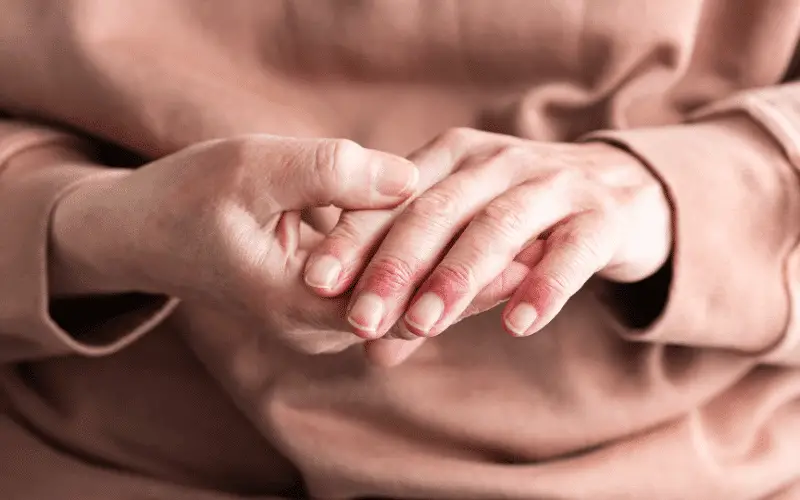3. Redness and Inflammation: The Visible Signs of Dyshidrotic Eczema

Another common symptom of dyshidrotic eczema is redness and inflammation around the affected areas. This inflammation can contribute to the discomfort experienced by those with the condition and may also be a source of embarrassment for some individuals. In this section, we’ll discuss the factors that contribute to the redness and inflammation seen in dyshidrotic eczema and explore potential treatment options to help minimize these symptoms.
The redness and inflammation associated with dyshidrotic eczema are caused by the immune system’s response to the presence of the fluid-filled blisters. This immune response leads to increased blood flow to the affected areas, resulting in the characteristic redness and inflammation. In some cases, the inflammation can become severe, causing the skin to feel hot and tender to the touch.
Managing the redness and inflammation associated with dyshidrotic eczema involves addressing the underlying causes of the condition, such as allergies, stress, and excessive sweating. In addition, topical treatments, such as corticosteroid creams or ointments, may be prescribed by a healthcare professional to help reduce the inflammation and redness. In more severe cases, oral corticosteroids or other immunosuppressive medications may be necessary to control the immune response and minimize the symptoms. (3)